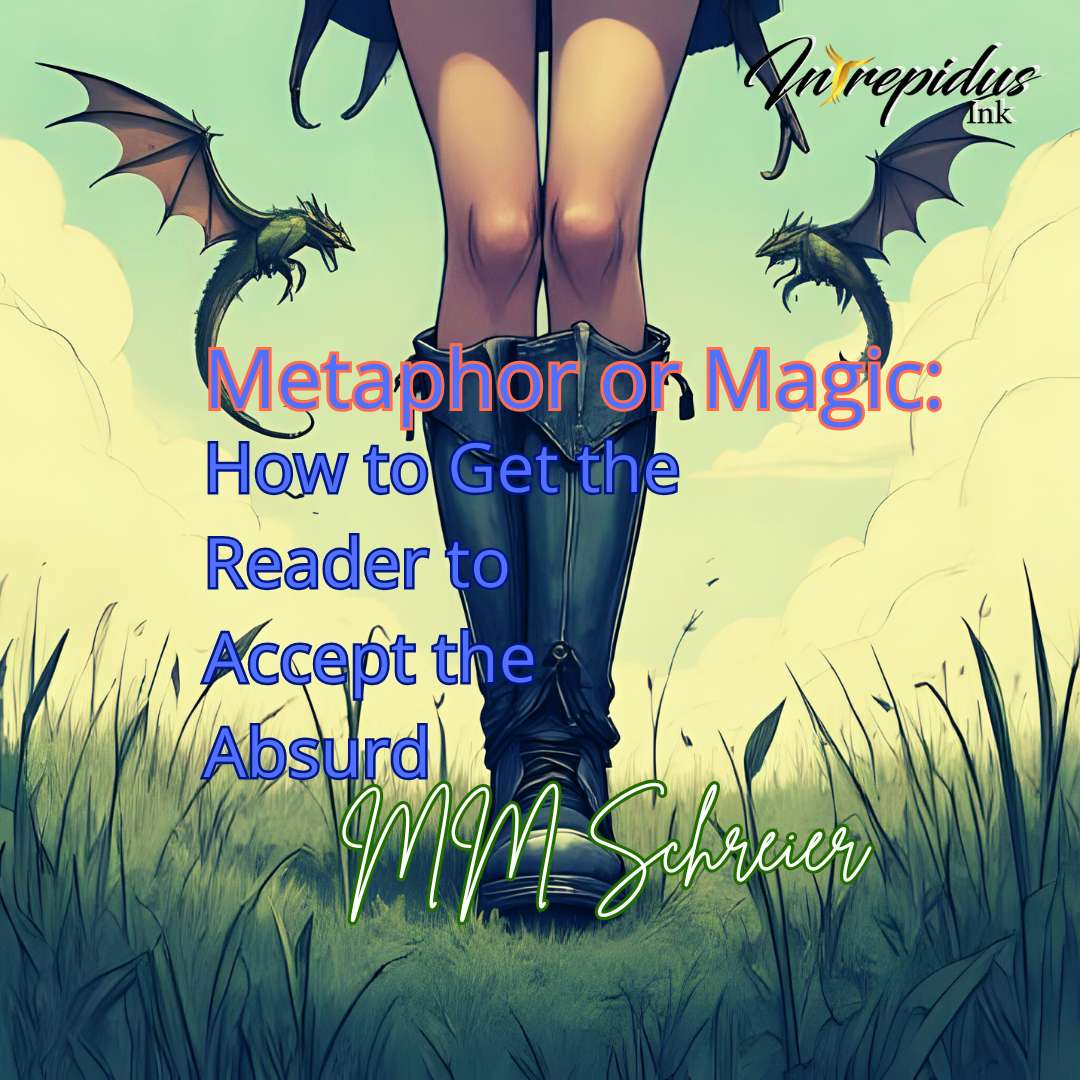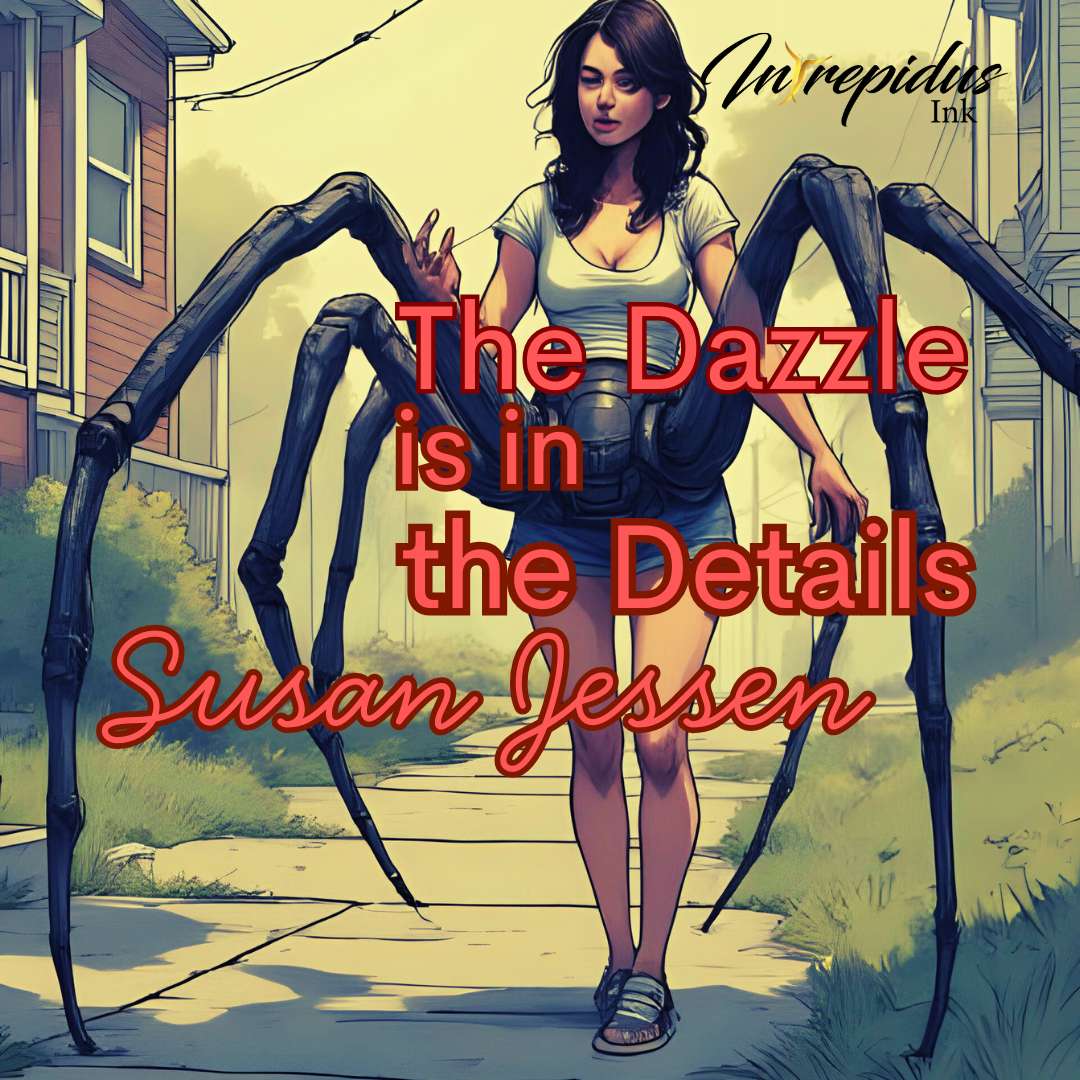
There’s an odd phenomenon in literature: when presented with dragons and wizards in a mystical kingdom, the reader automatically accepts the fantastic elements. We understand the world offered is born wholly from imagination, and though we may not initially grasp the rules of this outlandish environment, we trust the author to show us how it works.
It’s more difficult to introduce the preposterous into the world we live in without raising eyebrows. Dropping a pixie into the middle of modern-day Boston or wantonly breaking the laws of physics challenges what we as a society collectively believe to be true.
SO WHY DO IT?
We all understand the purpose of similes and metaphors. By comparing things that seem dissimilar on the surface, we can lend nuance to complex ideas and emotions. Adding a bit of fantasy to the world we know works in the same way.
Blurring the lines between speculative fiction and reality-based stories gives us the unique opportunity to shift our perspectives while still exploring the human experience. It allows us to dive into relationships and society–even ourselves–in a way that knocks our expectations slightly off kilter, so we are forced to think about them more critically.
CONVINCING THE READER TO BELIEVE
“I used to be a bird.”
This is the opening line to Heather Santo’s tale “Light as a Feather,” published at Intrepidus Ink on May 24, 2023. Santo does not dance around or build up to the absurd but immediately challenges the reader by starkly telling us something illogical. It’s not a simile, and it is not poetic. While we know that people are not birds, the character is assured in the fact that indeed, she once was one. Confidence goes a long way in soliciting reader buy-in.
The character goes on to explain that sometimes children believe bizarre things more easily than adults. She tells us: “I don’t think my mother understood how I came to be, but she wanted a baby so bad she didn’t question it.” This sets up the understanding that something odd has happened, but it doesn’t need explaining. We’re given permission to simply accept this is true.
What makes the story sing, though, is its relatability. The main character is a young girl struggling with bullies and her own changing body. We also see how surviving domestic abuse colors the mother’s worldview when she tells her daughter, “All boys are nice…at first.” Buried in the ending, there is an implied metaphor where this bird-turned-girl literally spreads her wings and learns to fly. Despite the whimsical elements of the tale, its humanity is what lingers.
TIPS AND TRICKS
Don’t overexplain: Allow what we think of as abnormal to simply be an organic part of the world. Too much explanation can feel like justifying.
Keep things balanced: The point is to enhance a familiar world, not overwhelm the reader with so much nonsense it stops being relatable.
Straddling the line: Sometimes finding middle ground between magic and metaphor is the way to go. Stories that can be interpreted in multiple ways can reach a broader audience.
Interiority matters: Unveiling how the characters think, feel, and react to the peculiar bits helps inform the reader how the unexpected fits naturally in this altered version of the world.
TAKEAWAY
Go forth and be weird. Don’t let reality limit your creativity, even when setting stories in the real world. Introducing the absurd to the mundane might feel intimidating, but it can help readers see old things in a new light. If you try, you just might find the extraordinary in the ordinary.

Author Bio
MM Schreier is a classically trained vocalist who took up writing as therapy for a mid-life crisis. She has authored two short story collections--Monstrosity, Humanity and Bruised, Resilient–and is published in a wide range of speculative and literary venues. In addition to creative pursuits, she’s on Leadership for a robotics company and tutors maths and science to at-risk youth.


